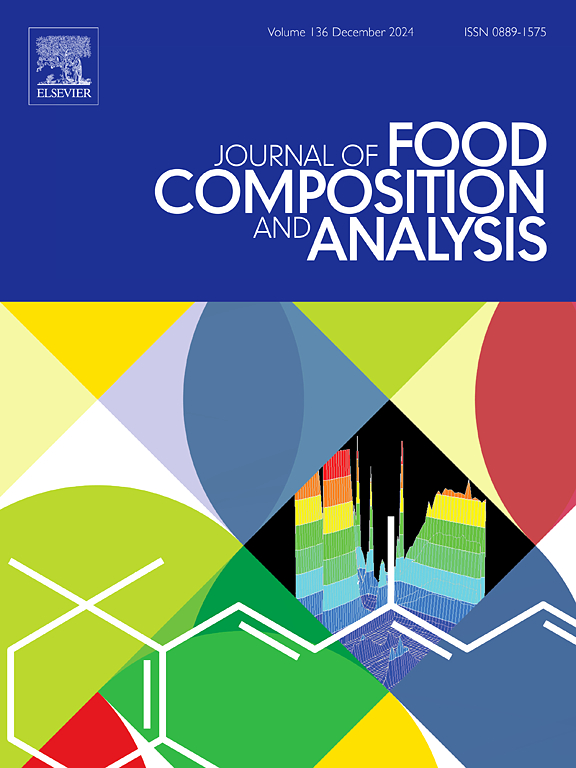Retention of omega-3 fatty acids (DHA and EPA) and cooking yield in fish cooked using wet-heat methods: Steaming vs. bake-in-foil
IF 4
2区 农林科学
Q2 CHEMISTRY, APPLIED
引用次数: 0
Abstract
Regular fish consumption is recommended by health organizations to enhance omega-3 intake, reducing cardiovascular disease risk. Cooking enhances food's physical properties and nutritional value but may degrade essential omega-3 fatty acids, EPA and DHA. This study evaluates the impact of two wet-heat cooking methods (steaming and baking in foil) on the retention of EPA and DHA in three fish species: Indian Scad (SF), Indian Mackerel (KF), and Moonfish (MF). Results indicated steaming preserved PUFA better than baking in foil (BIF) across all samples. In steaming, EPA retention was highest in KF (60.4%), followed by SF (54.6%) and MF (6.1%); DHA retention mirrored the trend. In BIF, KF retained more EPA (36.8%) and DHA (38.1%) than SF and MF. Cooking yields (CY) varied, with SF having the highest yield in steaming (84.8%) and MF in BIF (79.4%). Steamed SF provided the highest total EPA + DHA (>500 mg/100 g) among all samples. The superior retention of DHA and EPA by steaming is likely due to its lower temperature (100°C) than BIF (160°C). These findings strongly support the preference for steaming over BIF, for retaining EPA, DHA in fish, particularly SF, which may serve as an excellent EPA, DHA dietary source for cardiovascular health.
求助全文
约1分钟内获得全文
求助全文
来源期刊

Journal of Food Composition and Analysis
工程技术-食品科技
CiteScore
6.20
自引率
11.60%
发文量
601
审稿时长
53 days
期刊介绍:
The Journal of Food Composition and Analysis publishes manuscripts on scientific aspects of data on the chemical composition of human foods, with particular emphasis on actual data on composition of foods; analytical methods; studies on the manipulation, storage, distribution and use of food composition data; and studies on the statistics, use and distribution of such data and data systems. The Journal''s basis is nutrient composition, with increasing emphasis on bioactive non-nutrient and anti-nutrient components. Papers must provide sufficient description of the food samples, analytical methods, quality control procedures and statistical treatments of the data to permit the end users of the food composition data to evaluate the appropriateness of such data in their projects.
The Journal does not publish papers on: microbiological compounds; sensory quality; aromatics/volatiles in food and wine; essential oils; organoleptic characteristics of food; physical properties; or clinical papers and pharmacology-related papers.
 求助内容:
求助内容: 应助结果提醒方式:
应助结果提醒方式:


